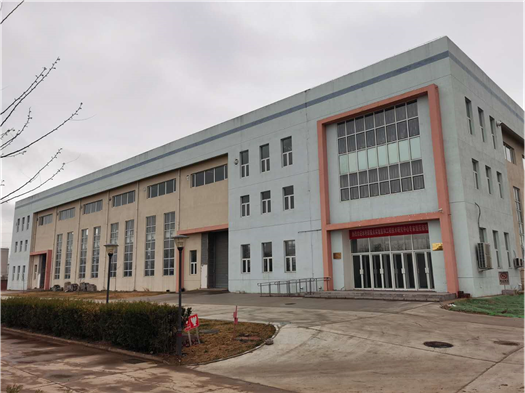The Comprehensive Experiment Hall for Water Resources and Soil Conservation Engineering Technologies is an important basic scientific research platform of IWHR in the field of water resources and soil and water conservation, which is committed to tackling scientific issues of the following nine areas: 1) Quantitative methods for the impact of underlying surface changes on runoff generation, sediment production and transportation, and water resources evolution in river basins; 2) Groundwater over exploitation in the North China Plain; 3)Wetland ecological water demand and wetland restoration; 4)Impact of global climate change on the development and utilization of water resources; 5)Measures to improve the urban water cycle and mitigate the temperature; 6) Quantitative numerical simulation of soil and water loss in the Loess Plateau; 7)Planning, design and demonstration of ecologically clean small watershed governance models; 8)Water and sand resources and ecological environmental effects of water and soil conservation; 9)Soil erosion and water and soil conservation in humid regions.

General View of the Experiment Hall

Panorama of the Experiment Hall
The Experiment Hall is mainly composed of four parts: the test hall, the subsidiary building, the outdoor test field and the water treatment facility. It covers an area of 7455 m2, of which the indoor building area is 4655 m2 and the outdoor test field is 2800 m2. It mainly consists of six test areas: indoor small watershed and urban hydrological test area, indoor variable slope water and sand process test area, indoor slope thin-layer water flow process test area, outdoor plain area binary water cycle test area, outm2door fixed slope water and soil conservation test area, and water resources comprehensive lab.
The Experiment Hall has more than 150 sets of instruments and equipment of 67 categories, including artificial rainfall simulation systems; groundwater level control equipment in test areas; test simulation, monitoring, control, and physical and chemical analysis instruments such as laser particle size analyzers, liquid water isotope analyzers, and continuous flow analyzers; as well as test auxiliary equipment for the purification and reuse of experimental waste water, etc., with a total value of more than 16 million yuan.
|
|
|
Indoor test areas

Outdoor test field